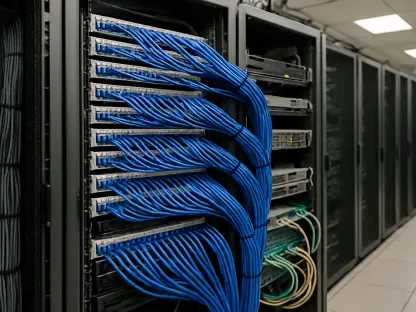In-flight internet connectivity has long been a challenge for airlines and passengers, often fraught with issues such as limited coverage and inconsistent speeds. Recently, Panasonic Avionics Corporation marked a breakthrough achievement in this space by completing a pivotal phase of flight testing for its multi-orbit satellite connectivity system. This development aims to enhance in-flight connectivity solutions. The company focused on validating the seamless switching between low Earth orbit (LEO) and geostationary Earth orbit (GEO) networks during live in-flight scenarios. The comprehensive tests were conducted across diverse geographical and environmental conditions, including the challenging terrains of the Arctic and regions near the equator. These trials showed promising results, particularly in demonstrating the reliability and uninterrupted global coverage offered by the LEO signals, even in harsh and demanding environments.
Global Coverage and Seamless Connectivity
The system’s architecture is unique in its combination of an enterprise-grade LEO layer, provided by Eutelsat OneWeb, and a versatile GEO layer. This hybrid model is engineered to ensure high bandwidth, low latency, and adaptable capacity according to specific airline requirements. The LEO network, known for its high-speed internet capabilities, plays a significant role in this setup by enabling forward and return link speeds up to 193 Mbps and 36 Mbps, respectively. In practical terms, the system’s performance was put to the test with common in-flight activities such as social media browsing and 4K video streaming. These experiences were markedly improved, providing passengers with an internet speed similar to what they might experience at home. The successful testing phase signifies the potential of this dual-layer architecture to revolutionize in-flight entertainment and connectivity (IFEC) systems by addressing existing limitations and enhancing passenger experience.
Ready for Commercial Deployment
With the completion of this crucial testing phase, Panasonic Avionics is on the verge of commercial deployment of its innovative connectivity system. This advancement is set to bring significant improvements to the IFEC sector by offering consistent, high-speed in-flight internet. It is designed to meet the increasing demands for connectivity in the modern-day aviation industry. The demonstrated capability to ensure seamless network switching during flight is a milestone for Panasonic that highlights the resilience and adaptability of its multi-orbit system in varying conditions. The introduction of this technology is anticipated to set new standards for internet connectivity in aviation, potentially reshaping passenger experiences by providing reliable and fast internet service throughout their journeys. As the airline industry continues to evolve, Panasonic’s achievements underscore the importance of integrating advanced technology to meet the growing expectations of globally connected travelers.









